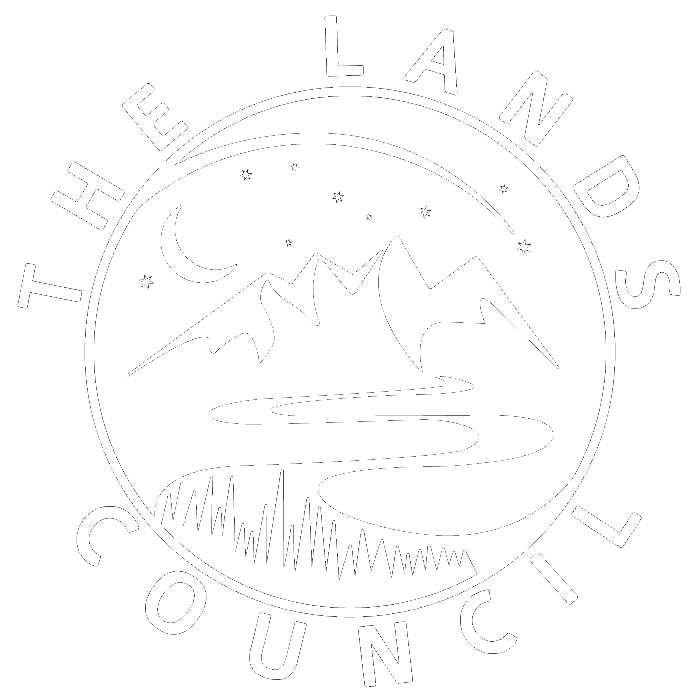By Adam Gebauer
At 16.7 million acres, the Tongass National Forest of Southeast Alaska is the largest forest within the National Forest system. The Tongass is also the largest intact coastal rainforest supporting over 400 animal species - including habitat for the largest concentration of black bear as well as unique population of salmon-eating wolves. The streams and coastal region of the Tongass support a thriving population of 5 salmon species that are the backbone of the region’s economy.
Nine million acres of this forest has been on a back-and-forth conservation battle. During the Clinton administration this portion of the Tongass was protected from logging and road building through the Roadless Rule Act. President Trump reversed this ruling in the final days of his term. The Biden administration is now working to restore the Roadless Rule protection.
Rescinding the roadless rule for 9 million acres of coastal rain forest would have a negative economic impact and open this diverse ecosystem to industrial logging practices, including clearcutting, that are not accepted in most National Forests. Timber jobs account for 1% of jobs in southeast Alaska and mill jobs will not return to this region as more than 85% of logs are shipped whole directly to Asia. Logging in the Tongass is also a financial burden to taxpayers. Between 1999 and 2019 the Forest Service, and therefore US taxpayers, have lost $16.1 million on timber extraction in the Tongass.
Salmon are integral to southeast Alaska, producing some 50 million salmon a year worth $60 million. Salmon are also the subsistence food for 90% of southeast Alaska residence. Salmon and other forest resources of the Tongass are of cultural importance to the Haidi, Tlingit, and Tsimshian and all residents should have a strong stake in the management of these resources. There is an overwhelming support for roadless designation, with the National Forest Service’s own data show 96% of responses supportive.
In addition, our few remaining old growth forests are essential carbon storage and when left intact act as a climate mitigation strategy. We cannot replant or even manage our way to old growth forests, which take 100’s to 1000’s of years to form. The Tongass holds an impressive 8% of all carbon storage within all the continental US’s forests. The US Geological Survey estimates that if not logged the Tongass’s carbon storage could increase to 27% of all Alaska’s storage in just a century.
As The Lands Council’s Public Lands Program Director, I have submitted a letter of support to the National Forest Service for the full reinstatement of the Roadless Rule protection for the 9 million acres of the Tongass National Forest.


